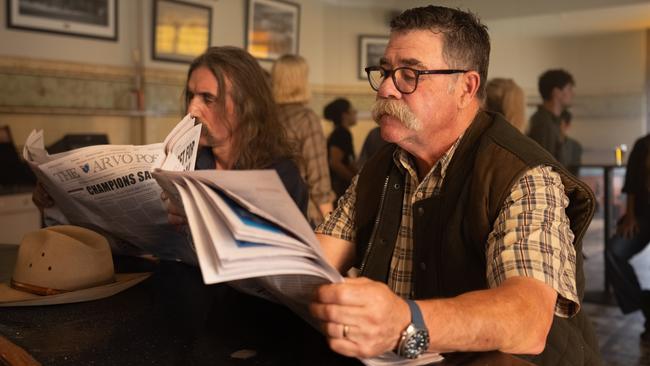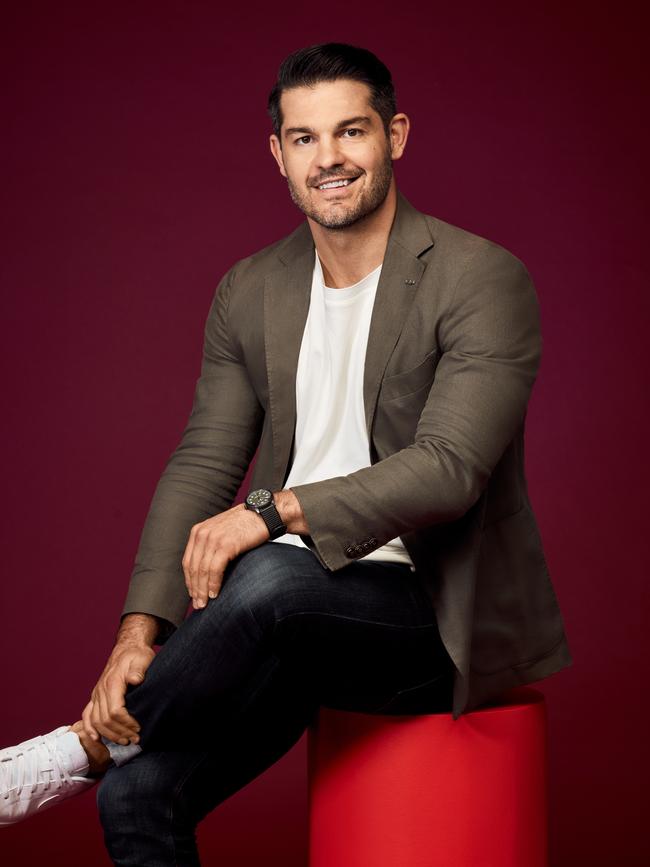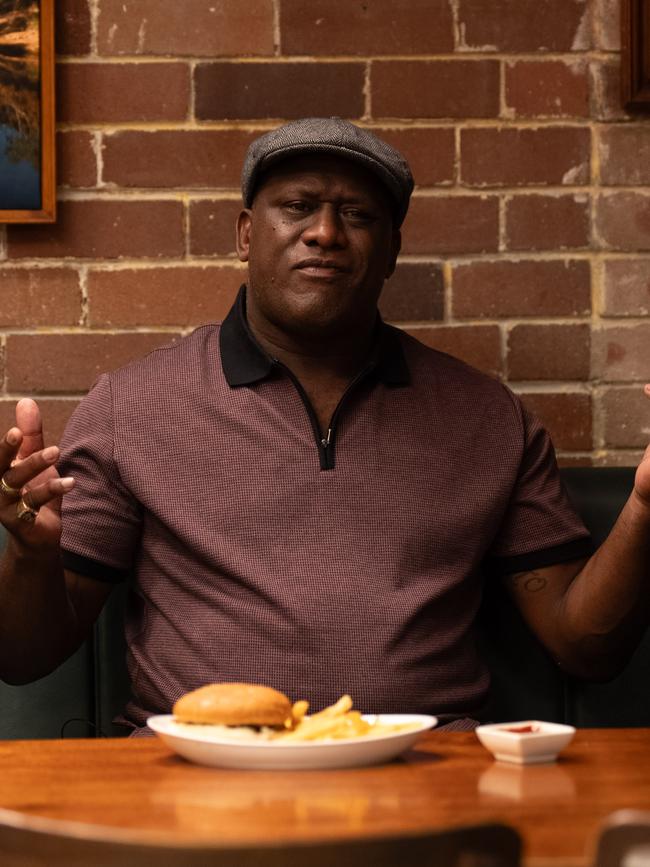Ute advert accelerates brand success with sports star power
Kia’s general manager of marketing, Dean Norbiato, explains how marketing is valued among the car manufacturer’s C-Suite, as the company confirms the name of its first-ever ute.

Utes are among the top selling car models in Australia, and car manufacturer Kia has, after much anticipation, confirmed the name of its first-ever vehicle in the category, which will arrive on Australian shores in 2025.
The ute will be called the Tasman, named after the Tasman Sea and Abel Tasman, the European explorer who discovered Australia’s island state, Tasmania.
This detail is significant, as the naming of the vehicle was the centrepiece of a recent marketing push to build interest and demand for the product among Australian consumers.
A month ago, Kia, with Sydney-based advertising agency Innocean, invited 20 of Australia’s greatest sporting legends to speculate on the name of the vehicle in a video commercial that went viral.
The filmic quality of the commercial marked a noticeable departure from others in the ute category, which often feature vehicles traversing rural or urban roads. In this campaign, however, there was no vehicle in sight.
Among the all-star cast was tennis legend Ash Barty, former Australian cricket captain Steve Waugh, former Australian cricket legend David Boon, AFL star Buddy Franklin and former Rugby League and Rugby Union icon, Wendell Sailor. The commercial was set in an Australian pub and shows each sporting star putting forward their nickname with competitive jest as a potential name for Kia’s ute.
Innocean’s executive creative director Wesley Hawes said the commercial was guided by an “entertainment first” approach, in which it used humour-led narrative to connect with audiences.
“Whatever sporting code you’re into or sporting idol you grew up idolising, there’s a good chance they are in this campaign somewhere. So it talks to a wide range of Aussies,” he said.
“I think not having the actual product not take up any of the real estate – or even the name of the product – take up any of the ad, made it not feel like an ad. It was unlivke anything you’ve ever seen. It just felt like a really entertaining piece of content”.
Production company Scoundrel were also engaged to create the film and was helmed by director Ariel Martin, who has also led commercials for Meat & Livestock Australia, Furphy and Mitre10 in recent years.
Some viewers felt so passionately about Kia’s mystery ute, they wrote letters and phoned in to the car company with their own suggestions for the vehicle’s name.
Kia’s new ute will join a highly competitive category with existing ute models long-embedded in the local market, such as the Ford Ranger, Toyota HiLux and Isuzu Ute D-Max.
The market opportunity, however, is sizeable. According to the Federal Chamber of Automotive Industries, the top 10 selling vehicles in Australia in 2023 were either utes or SUVs, accounting for 78.4 per cent of the market.
The commercial’s departure from the ute category norm was precisely the point, Kia’s general manager of marketing, Dean Norbiato told The Growth Agenda. And this unconventional creative strategy has been effective to date; the ad has clocked approximately 3.4 million views across digital channels. According to Google metrics, Kia had also seen a 21 per cent increase in ‘brand impact’ during the campaign period. Mr Norbiato explained the approach:

TGA: Why did Kia decide to go for growth in the ute category?
Dean Norbiato: You just have to look at the top three selling vehicles last year in Australia and see they were all light commercial utes, as we call them in Australia. We have ambitions in this market and we effectively have an offering in most categories, except we haven’t had one in the biggest category. It’s been a huge motivator for us to work and lobby upstream to finally get a ute. It wasn’t until we had some senior executives attend the Australian market and actually see, driving over the [Sydney] Harbour Bridge in fact, the number of utes that were prevalent in our market that really lit a pilot light internally upstream.
There are many ways to launch a new product to market in 2024. Was this always going to be a TV advertisement?
It was always going to be a video play; I don’t think we necessarily looked at it as just a TV play. If you look at the engagement we’ve got across our social channels, it wouldn’t have entered the general Australian culture the way it did without the virality and shareability of social channels.
Tipping at close to 20,000 shares on Instagram alone, it almost entered Australian culture by sliding into the DMs of all of these group chats.
When you look at some global benchmarks of sharing, which is probably the best proxy to level of engagement, these numbers blow a lot of the stuff that we’ve looked at completely out of the water.
An advertisement that’s getting shared around like a piece of viral content is something that marketers absolutely dream of; to be able to embed that into the national discourse. We’ve had parodies on the Betoota Advocate, we’ve had Stephen Bradbury write us a personal letter as to why he wasn’t involved, which we turned into some social [media] content. This doesn’t happen unless you’re telling the right story, and putting all of the right storytelling ingredients together.

The approach of the commercial suggests there is some element of creative risk taking here, where you need to back the idea and yourself as a marketer. What has that experience been like?
The first step, I would say, is never do anything in isolation. By first identifying who your key stakeholders are, and getting them involved in the conversation early about what you want to do, can help onboard them.
Whether you call this a creative risk or business risk or not, going this big, this early, we have an exceptional senior leadership team who bought into the Kia brand and what needs to be done. And they’re enforcing “brand” across all other areas of the Kia business as opposed to just sitting in marketing. If you can continuously work with your C-suite on education around the benefit of brand and showcasing, not just within your category, but other categories, examples of “If we invest in brand, [the] outcome can be from y to x”, for instance.
And we’ve been on that journey for three or four years, investing in brand, showing case studies, educating senior leadership that it doesn’t just sit in marketing. The benefit of brand sits within the leadership team. And for every touchpoint; that you walk into a dealership brand needs to be considered; when you pick up your car, that needs to be considered; every advertisement needs to be considered.
Thinking holistically and working with the senior leadership team, as opposed to seeing them as a gatekeeper that you have to get through … I think that that’s the wrong approach. You need to see them as enablers that allow you to maximise your brand outcomes and maximise everything we do from a marketing standpoint.
It is about being bold and taking certain educated risks and having the support of your C-suite senior leadership to do that.
Who is this campaign targeted at?
This is very much for existing Kia customers who we know have either a light commercial [vehicle] in their garage, or people who probably haven’t experienced Kia for the first time because we haven’t had a product that met their tool-of-trade demand.
We’re working very hard to ensure that this is localised and meets the demands of both the hard working Aussie tradie as well as the lifestyle-aligned Australian who enjoys getting away on the weekend, whether it’s with a surfboard in the back, or strapping a Quintrex on the back and heading out camping and fishing.
It took time, because you need to enter this category in the right way with the right capabilities. That’s why we’ve laboured on it so much. And we feel that we’re in a really good position in 2025 to finally start selling this product to the Australian public.







